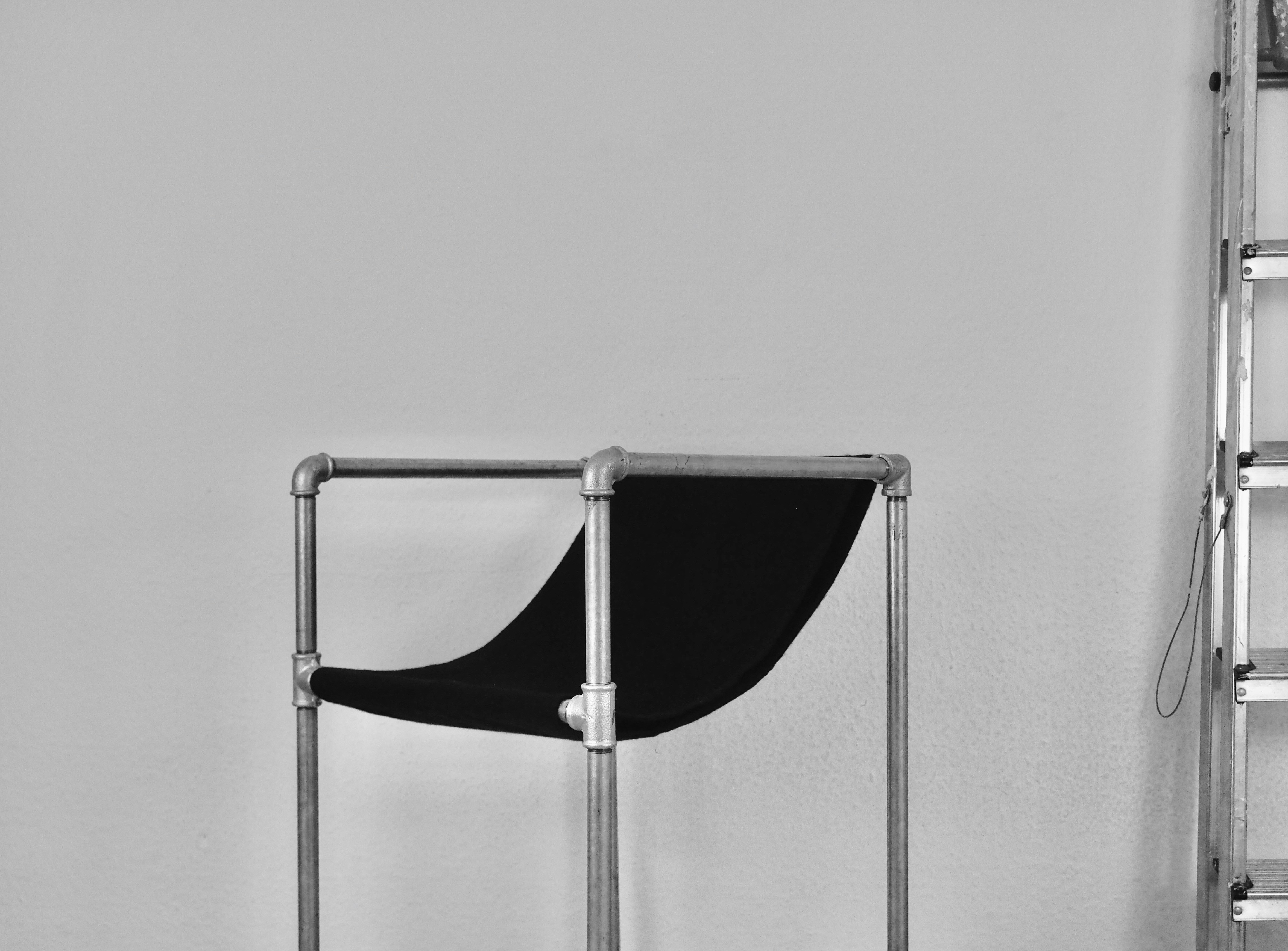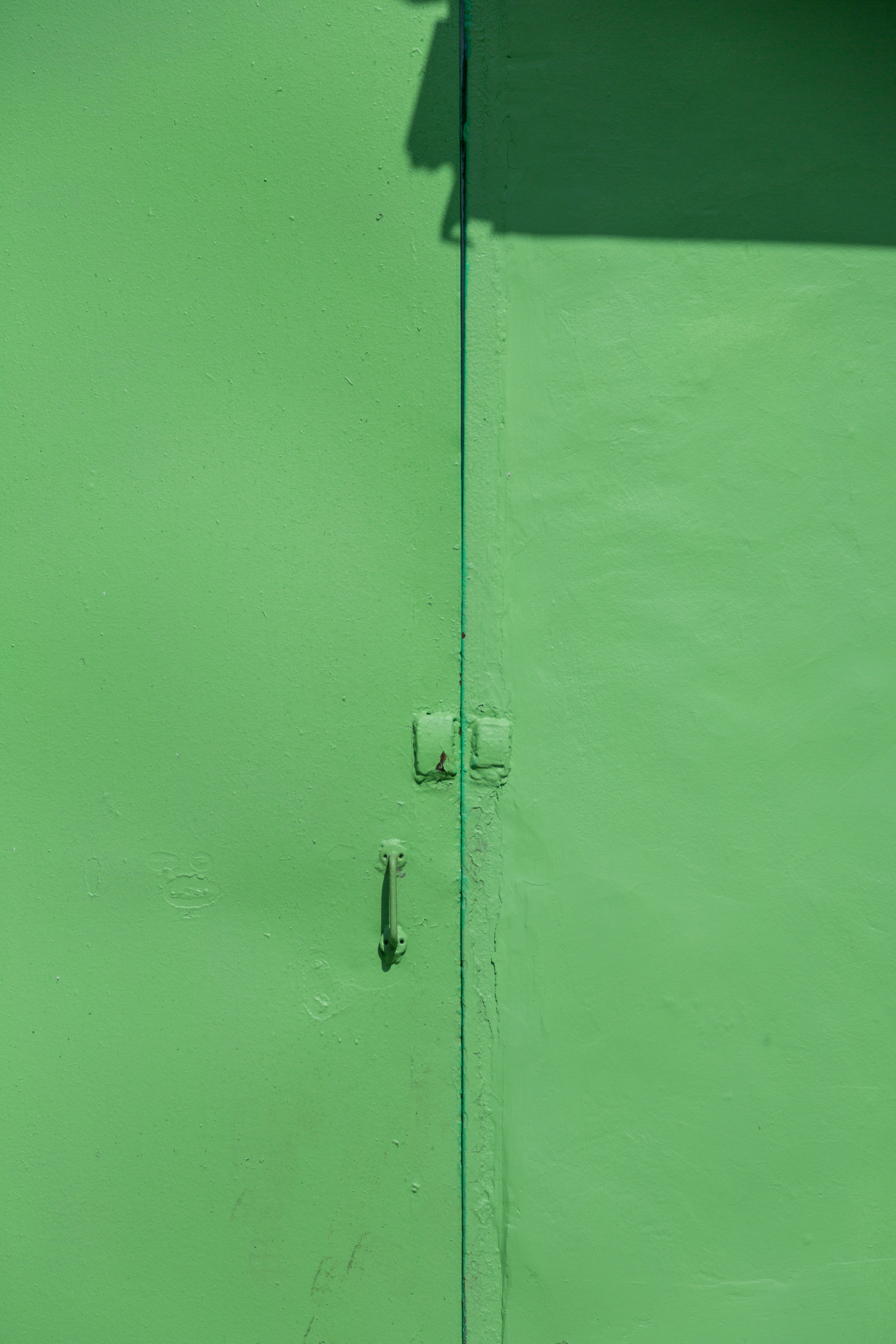How do you calculate hotel occupancy rate?

Hotel Occupancy Rate: Formula, Benchmarks & How to Improve It
One of the most critical hotel revenue management formulas used daily is the hotel occupancy rate. It’s a simple but powerful metric that shows how efficiently you’re filling rooms—and when combined with other KPIs, it becomes a cornerstone of revenue management.
What Is Hotel Occupancy Rate?
The hotel occupancy rate is the percentage of available rooms that are sold during a given period. It’s one of the most widely tracked hospitality KPIs and answers a straightforward question: how full is your hotel?
Hoteliers often use occupancy alongside other metrics like:
- ADR (Average Daily Rate)
- RevPAR (Revenue Per Available Room)
- Length of Stay (LOS)
This combined approach helps measure both volume (rooms sold) and value (how much revenue each room generates).
How to Calculate Hotel Occupancy Rate
The formula is simple:
Hotel Occupancy Rate = (Number of Occupied Rooms ÷ Total Available Rooms) × 100
Example:
If your property has 100 rooms and 75 are booked tonight, your occupancy rate is 75%.
What Is Considered a Good Hotel Occupancy Rate?
A “good” occupancy rate isn’t always the highest possible number. While 100% occupancy looks impressive, it doesn’t necessarily mean maximum revenue:
- Filling every room at a low price could hurt profitability.
- High occupancy increases operational costs (cleaning, staffing, utilities).
- Sometimes, a property at 80% occupancy with higher ADR and RevPAR outperforms one that is fully booked.
The key takeaway: a good occupancy rate is the one that delivers the highest revenue and profit margins, not just the fullest hotel.
7 Proven Ways to Increase Hotel Occupancy
Here are seven practical strategies to boost occupancy while keeping profitability in check:
- Optimize your hotel website for speed, mobile-friendliness, and SEO so guests can find and book you easily.
- Add a booking engine to your site to drive direct bookings and reduce OTA commission costs.
- Create personalized offers and packages (e.g., couples’ getaways, business bundles, weekend escapes).
- Leverage a Revenue Management System (RMS) like Pricepoint to set optimal rates automatically in real-time.
- Engage guests on social media to build trust and attract repeat stays.
- Encourage longer stays with promotions such as “stay 3 nights, pay for 2.”
- Capitalize on local events (concerts, festivals, sports games) by creating themed packages and targeted campaigns.
More on Hospitality KPIs
Occupancy is just one piece of the revenue management puzzle. Other essential metrics include:
- ADR (Average Daily Rate)
- RevPAR (Revenue Per Available Room)
- RevPAB (Revenue Per Available Bed) for hostels
- LOS (Length of Stay)
Learn more in our guide to hotel revenue management formulas.
About Pricepoint
Pricepoint helps independent hotels and hostels maximize revenues with an AI-powered revenue management system. By automating dynamic pricing, Pricepoint optimizes room rates 24/7, increasing occupancy by up to 13% and revenue by an average of 19%.
👉 Try Pricepoint free – sign up for a demo today.





